The End Of The Yellowstone Druid Wolf Pack
The Yellowstone Druid Wolf Pack could be described as one of the most publicized wolf packs on Earth. What really happened to it?
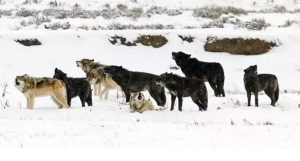
If you were to describe the Yellowstone Druid Wolf Pack as the most famous wolf pack on Earth, you wouldn’t be wrong. This was a pack that easily attracted up to 100,000 visitors to the Park when they ruled the territory.
But sadly, that’s no longer the case. So in the midst of lots of speculation and misinformation, what really happened to this pack?
Below are the facts.
Who Were The Yellowstone Druid Wolf Pack?
The Druid Pack was a family of Gray wolves captured in Canada and relocated to Yellowstone Park by the US government. Before then in the earlier periods of the 21st century, the US government in its predator control policy had eradicated wolves in many parts of the country. That eradication included the Yellowstone area.
The ancestors of these reintroduced wolves were victims of this policy.
How Did This Pack Start?
Specifically in 1996, the government reintroduced the wolves to Yellowstone’s Lamar Valley. The pack led by alpha male 21M and alpha female 40F set up their den at the entrance to the Lamar Valley. It was a close to the park and visitors got a good look at the daily lives of the pack.
The valley acted as a popular meeting point especially when the pups would come out to play to the delight of tourists.
As expected, people were intrigued by wolf-life and Yellowstone Druid wolf pack came to contain the most famous gray wolves in the park. Possibly the world even.
The Alpha Female 42F (sister to 40F) and Alpha Male 21M became something of “celebrity couple” in Yellowstone. Their pack was watched almost daily by binocular carrying visitors who couldn’t get enough of the intriguing lives of these wild and free creatures. In fact, they commanded the spotlight among all other animals in the Park.
The Druid pack maintained their dominant position in the Park for 14 years.
With time, the pack grew to almost 40 members: The largest recorded so far for any wolf pack.
The Decline Of The Yellowstone Druid Wolf Pack
Though the pack started with 40F and 21M as the breeding/alpha couple, a surprising thing happened in 2000. A female 42F staged a coup to overthrow her sister the alpha female 40F. As a result of the intense fighting, 40F was killed by the fellow she-wolves.
Thereafter, her sister 42F took over as mate to 21M and alpha female of the pack and this pair led the pack happily for 14 years. It was a classic tale of the soap opera-like intrigue and betrayal common in daytime television and drew even more attention to the pack.
However, as the pack grew, it was faced with challenges. And, just like any dynasty, the Druids’ decline came. It started in 2010.
The factors that contributed to their decline include:
-
Death of the Alpha female.
Unfortunately, 42F was also killed herself leaving her mate 21M with just his daughters. Obviously he couldn’t breed with any of them. This event officially signaled the beginning of the end for this once powerful pack.
The killing of 40F by 42F and her cohorts was the first recorded case of intra-pack killing within the Yellowstone National Park.
-
Attacks from other males.
21M spent a lot of time fighting off healthy males looking to breed and he gradually grew weak and tired. Some Druids lost their lives in these fights, some left the pack. Consequently, he had to abandon leadership of the pack to a healthier male.
-
Lack of healthy breeding females.
Even after abandoning the pack to healthy males, there was another problem: the remaining females were now too sick to breed. They were hungry, weak, malnourished and couldn’t enter estrus (heat) anymore.
-
A breakaway pack
In 2007, a male cub 778M was born, a descendant of the great alpha 21M. His swagger and good looks earned him a nickname “Big Brown”. He grew fast. At just a year old, he set out to form a new pack with other wolves and the pack was named the Blacktail Deer Plateau in 2008.
778M bred with alpha female 693F and they gradually raised a pack that grew to 15 wolves by early 2010.
-
Disease
As if hunger was not bad enough, mange in particular devastated the surviving Druids. Mange is a stubborn skin infection caused by tiny mites and it spread quickly through the pack. The constant itching and scratching affected their ability to hunt, wounds became infected and all the pups were infected too.
Only a healthy, well-fed, and rested wolf can recover from the effects of mange. Unfortunately, the Druid were none of these when the infection struck.
End Of The Yellowstone Druid Wolf Pack
In 2013, 778M’s mate 693F was found dead suggesting she might have been killed by fellow wolves. This left 778M alone, just like his father 21M. And although he began to associate with other wolves, he was unable to rebuild his pack.
778M went from being an alpha male to an ordinary lone wolf.
After some time, he wandered off, researchers lost track of him, and he eventually met his death from a hunter’s bullet during the Montanna annual wolf hunt. Thus, the direct descendants of the Druid alpha couple were wiped out.
Though many may consider 778Ms death to be sad after a tough and long life, all hope is not lost. Their blood still flows in other wolves in the park. One pack, the Lamar Canyon Pack, have established themselves in the old Druid den in what looks like a coming back home scenario.
That’s because the current Alpha female of Lamar Canyon pack is the grand daughter of the famous female 42F from the Druid pack.
And though several wolf packs now roam in Yellowstone Park, probably none will ever be as popular as the Druids and its famous couple, 42F and 21M.

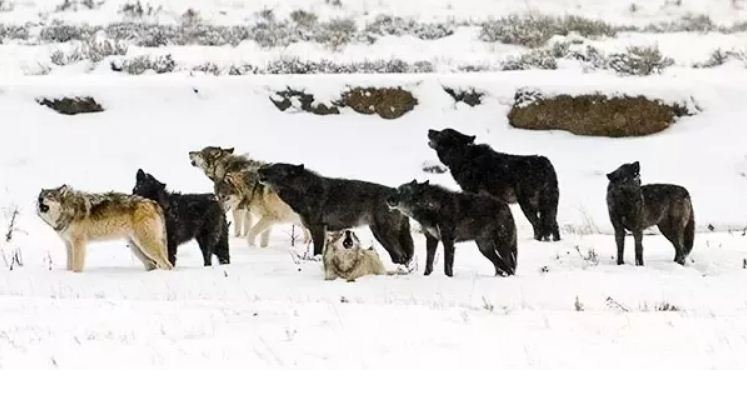
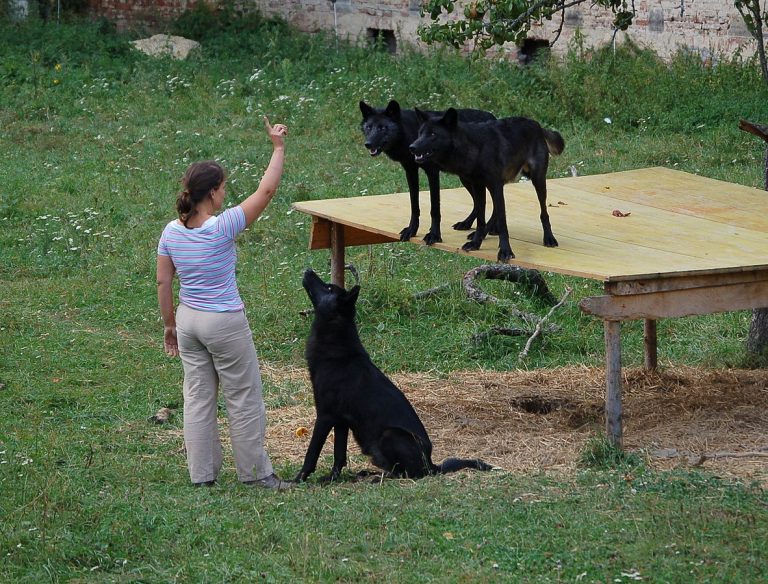
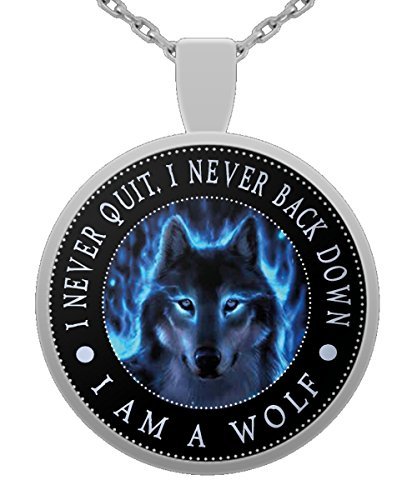
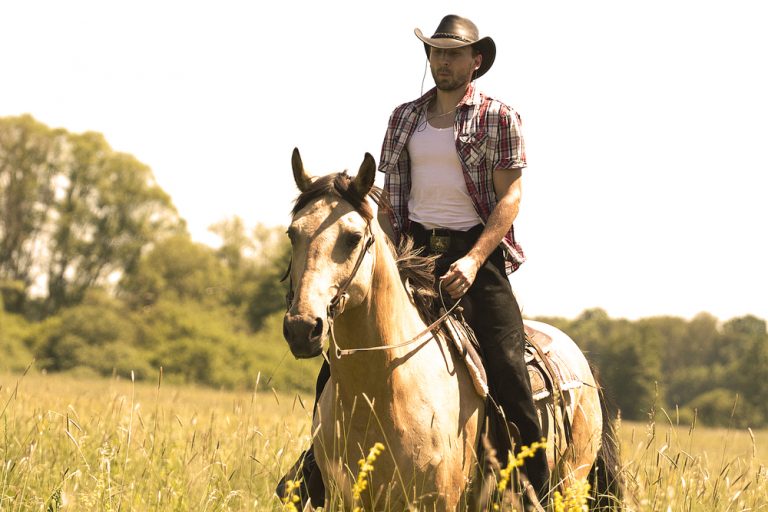
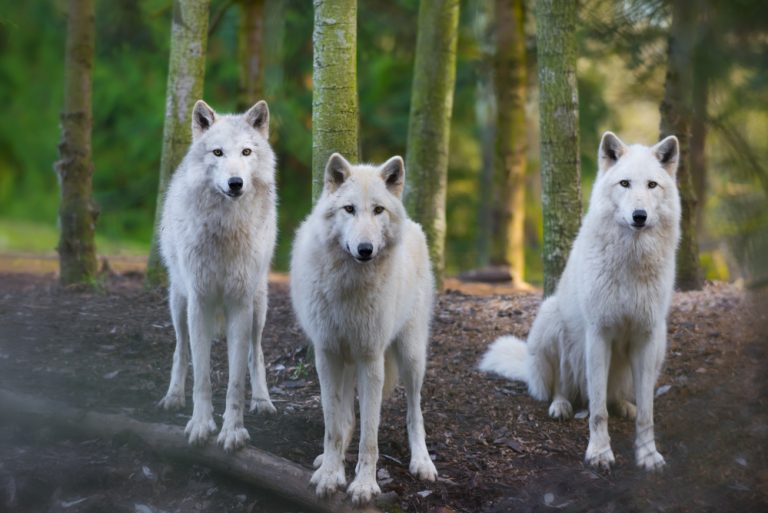
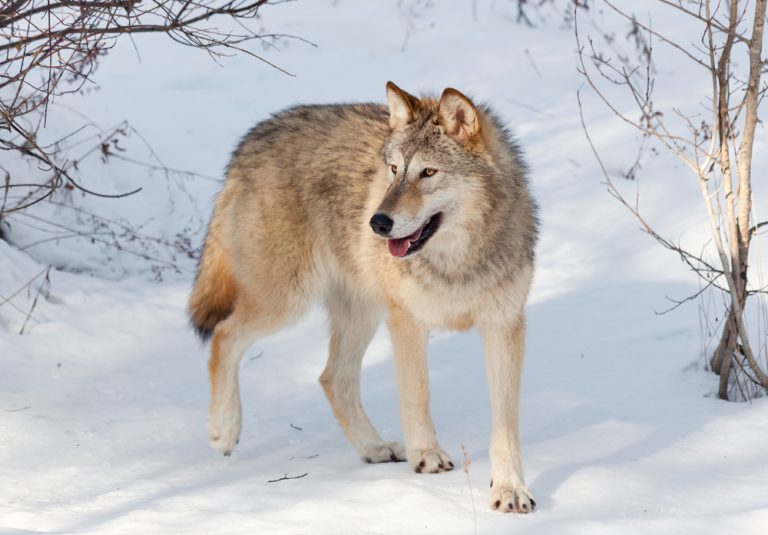
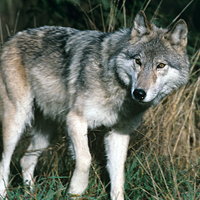
Amazing, just amazing.